If you’ve traveled through Europe recently, you’ve probably noticed a shift — quieter airports, busier train stations, and a growing trend toward ditching short-haul flights. Welcome to the future of travel, where trains in Europe are quickly becoming the smarter, more stylish alternative to planes. Whether you’re a first-time visitor or a seasoned explorer, understanding why European trains are winning travelers’ hearts is essential for planning your next great trip. Let’s take a deep dive into the world of European rail and explore why hopping on a train could transform your travel experience.

Why Trains in Europe Are Changing How We Travel
First, let’s talk about speed. While planes might seem faster, adding airport transfers, security lines, and boarding time often tips the scales in favor of rail. High-speed routes like Paris to London on the Eurostar (just over two hours) or Madrid to Barcelona on the AVE (2.5 hours) make train travel surprisingly efficient. You’re not rushing through terminals or waiting for luggage — you simply arrive at the station, board, and relax. Even trips like Brussels to Amsterdam are under two hours on Thalys. These time savings are not just about minutes but about reducing stress.
City Access and Sustainability Benefits
Another advantage? City-center access. Unlike airports, which are usually 45–60 minutes outside urban hubs, train stations sit right in the middle of the action. You step off the platform and into the heart of your destination. Forget expensive taxis or confusing airport shuttles; your vacation starts the moment you arrive. This convenience extends to accommodations and activities, letting you make the most of every travel day. To plan routes and compare transit times, visit trusted resources like Trainline or Rail Europe.
For environmentally conscious travelers, trains are a game changer. Rail emits up to 90% less CO₂ per passenger compared to air travel, making it a top choice for reducing your carbon footprint. Governments across Europe are actively pushing for more rail use — France has banned some domestic flights where trains offer a viable alternative, and Austria, Germany, and Sweden are reviving sleeper services. Choosing trains in Europe isn’t just practical; it’s a meaningful step toward more sustainable tourism.
Comfort, Scenery, and Unique Experiences
Comfort on European trains is another highlight. Trains offer spacious seating, freedom to move, onboard café cars, and large windows framing beautiful landscapes. First-class options often include complimentary meals, drinks, and even quiet zones for uninterrupted work or reading. Compared to cramped airplane cabins, trains feel luxurious and human-friendly. You can stretch out, walk around, and enjoy the ride instead of enduring turbulence or long security checks.
One of the most charming aspects of traveling by train is the scenery. Routes like the Bernina Express from Switzerland to Italy, the West Highland Line across Scotland’s dramatic landscapes, or the Cinque Terre coastal line in Italy turn your journey into a sightseeing adventure. Instead of staring at clouds, you glide past mountains, lakes, and historic villages. To discover Europe’s most breathtaking rail journeys, visit Seat 61, a well-known site for rail enthusiasts.

Maximize Your European Rail Adventure
To make the most of your rail adventure, consider investing in a rail pass. Options like the Eurail or Interrail pass let you explore up to 33 countries with one ticket. These passes offer hop-on, hop-off flexibility, discounts on attractions, and major savings on multi-city trips. For those planning a lot of travel, they’re a smart investment. Onboard, you’ll enjoy minimal luggage restrictions, meaning you can pack more without stressing over weight or extra fees. There’s ample space for bags overhead or in compartments, making long journeys much easier.
Simpler Boarding, Digital Tools, and Romance of the Rails
When it comes to boarding, trains offer a refreshing break from airport chaos. There’s no “security theater” — no taking off shoes, emptying liquids, or standing in endless queues. You can arrive just 15–30 minutes before departure, walk onto the platform, and settle in. Digital tickets, scannable QR codes, and apps like Omio or Trainline make booking simple and adjusting plans easy. For detailed tips, the official Eurail site has excellent resources for planning and navigating routes.
European rail isn’t just practical — it’s romantic. There’s a timeless, nostalgic feeling to traveling by train. You can share a bottle of wine, read a novel, or simply gaze out at rolling landscapes. Whether you’re a couple, solo traveler, or family, trains offer a calm, inspiring way to enjoy the journey itself, not just the destination. And as networks expand, with high-speed services reaching more cities and new overnight routes launching soon, train travel becomes even more compelling.
In today’s fast-paced world, trains in Europe offer something rare — a chance to slow down while still traveling efficiently. They blend convenience, comfort, and sustainability, creating a richer travel experience than planes can offer. Whether you’re a backpacker, a romantic couple, or a family on a grand tour, rail travel opens up unique adventures. With easy booking tools, flexible passes, and unforgettable scenic routes, your next European journey could become one of your most memorable yet.
So next time you’re planning a European itinerary, ask yourself: could I take the train instead? Chances are, the answer is yes — and your trip will be all the better for it. Have a favorite European rail route or insider tip? Drop it in the comments! And don’t forget to follow WentWorld.com for more smart travel inspiration, destination guides, and insider tips. We’re here to help you make every journey count.
Catch up on the top stories and travel deals by subscribing to our newsletter!

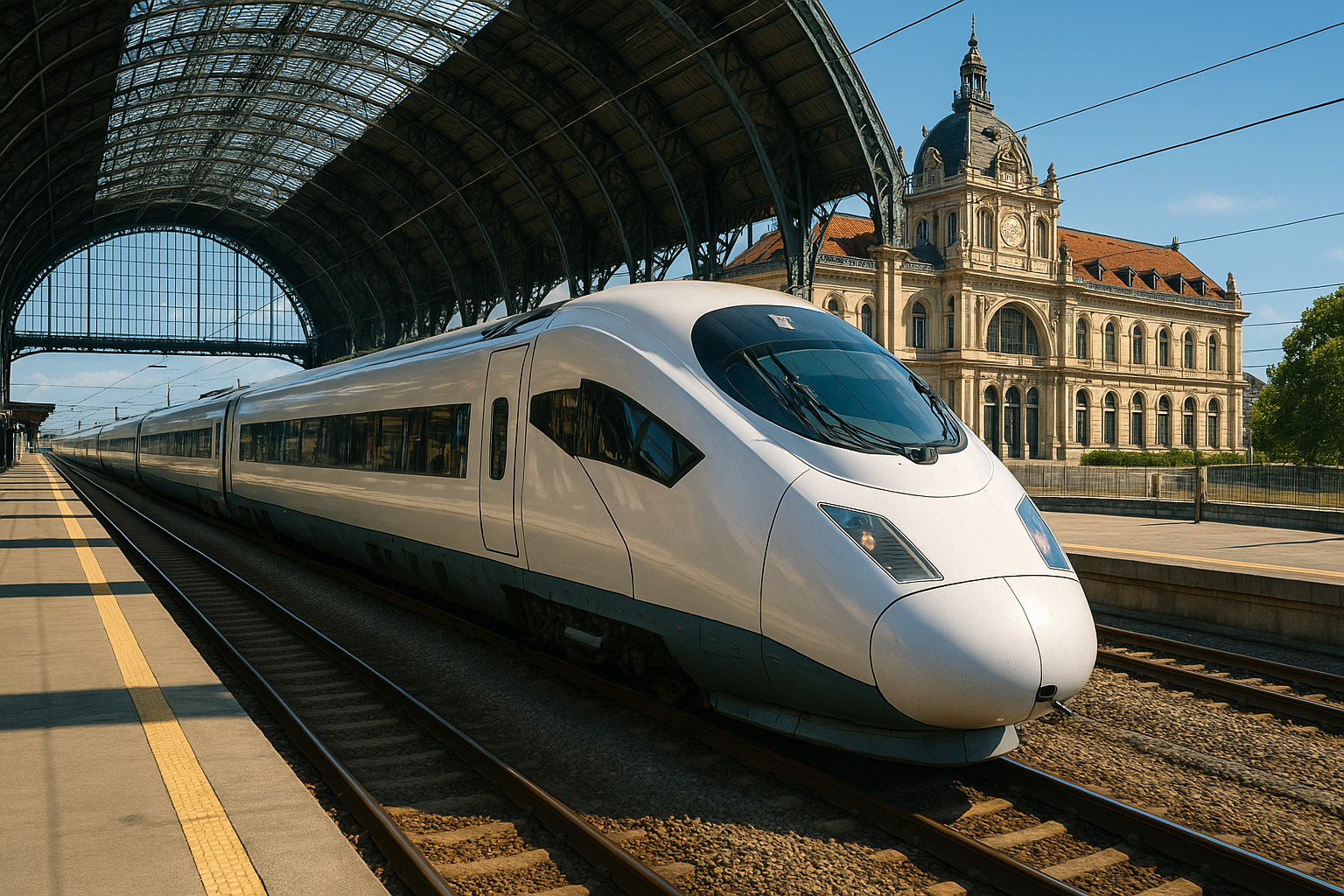

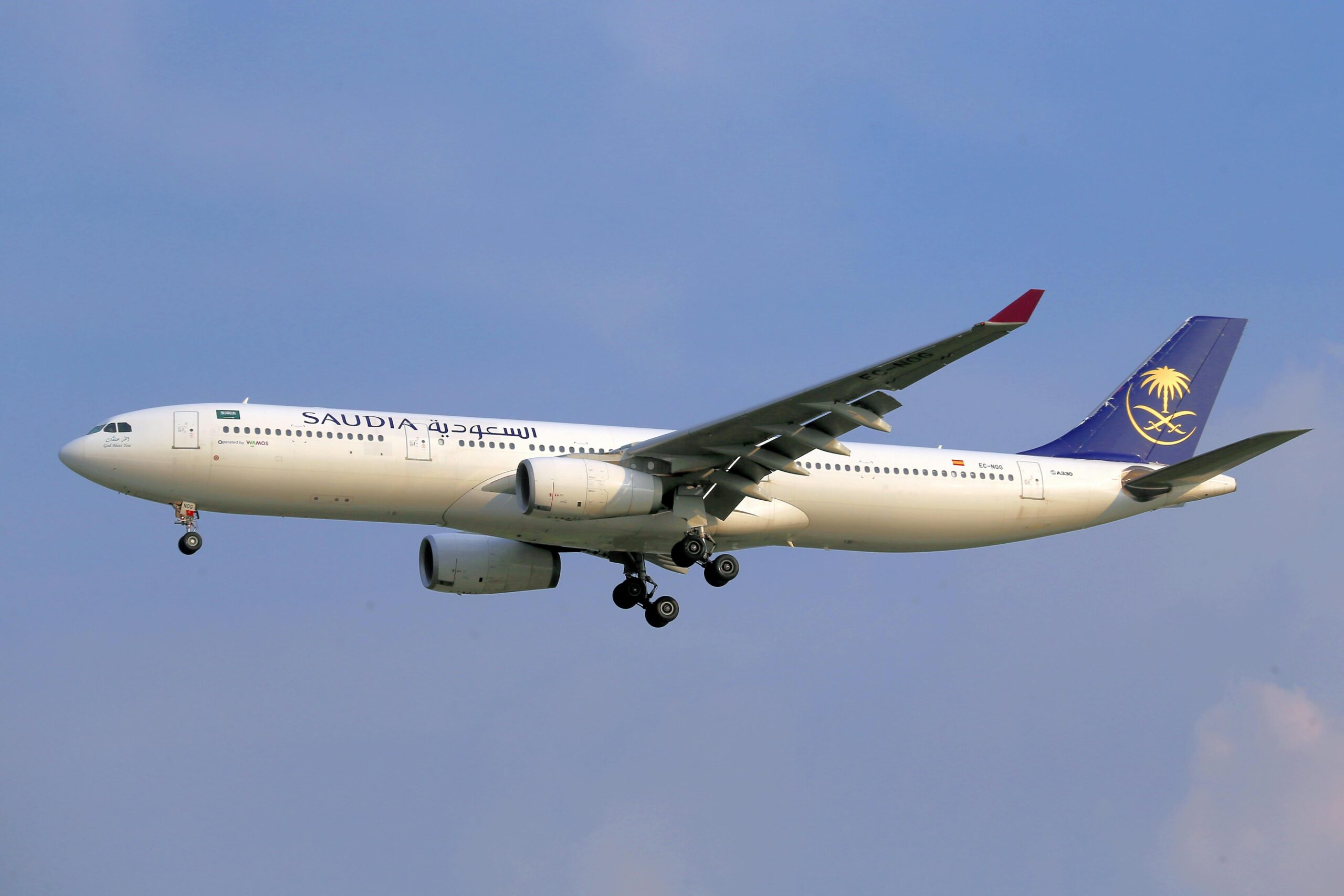

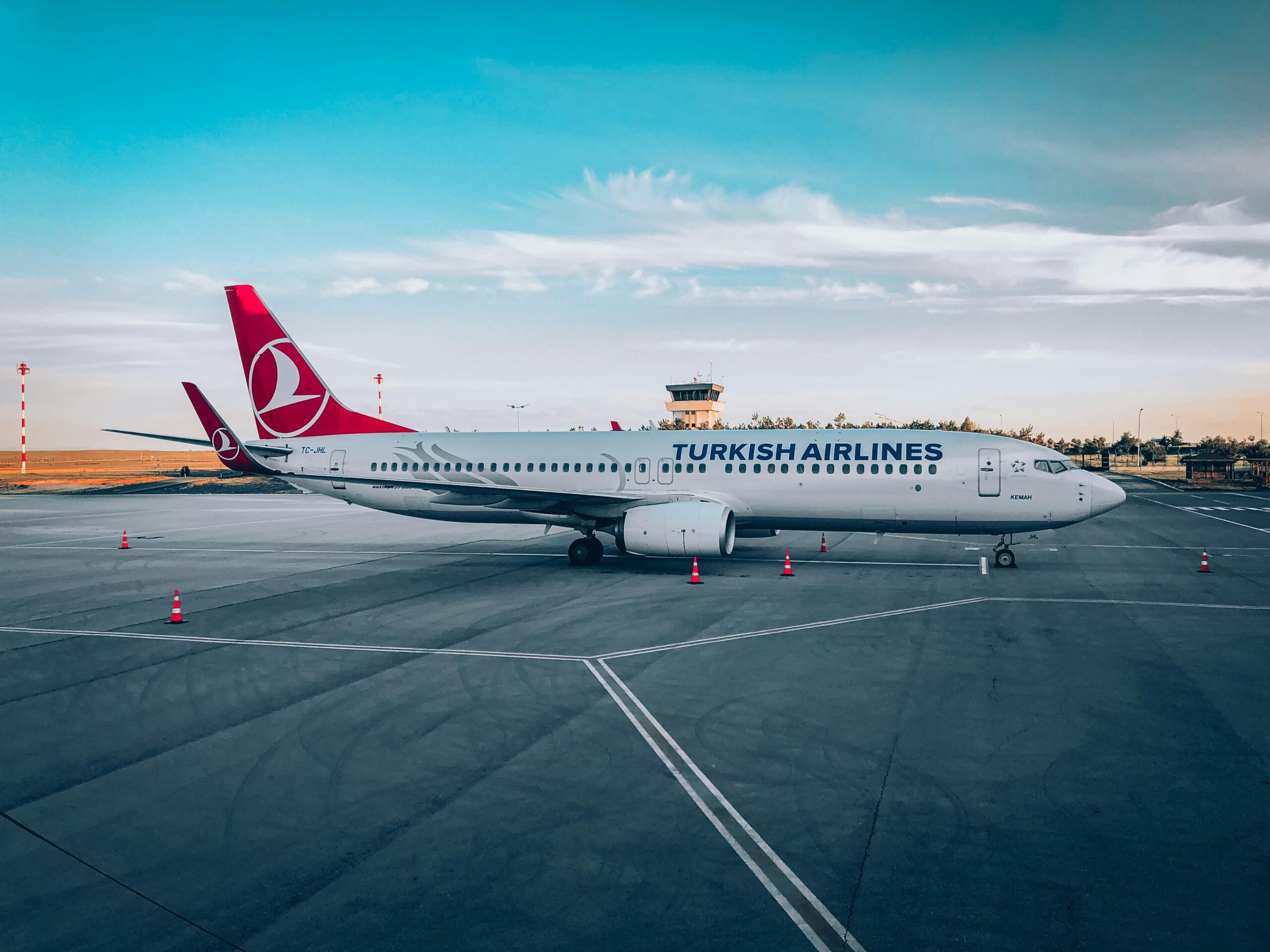
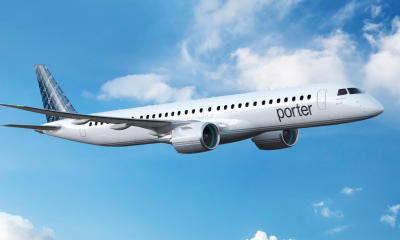
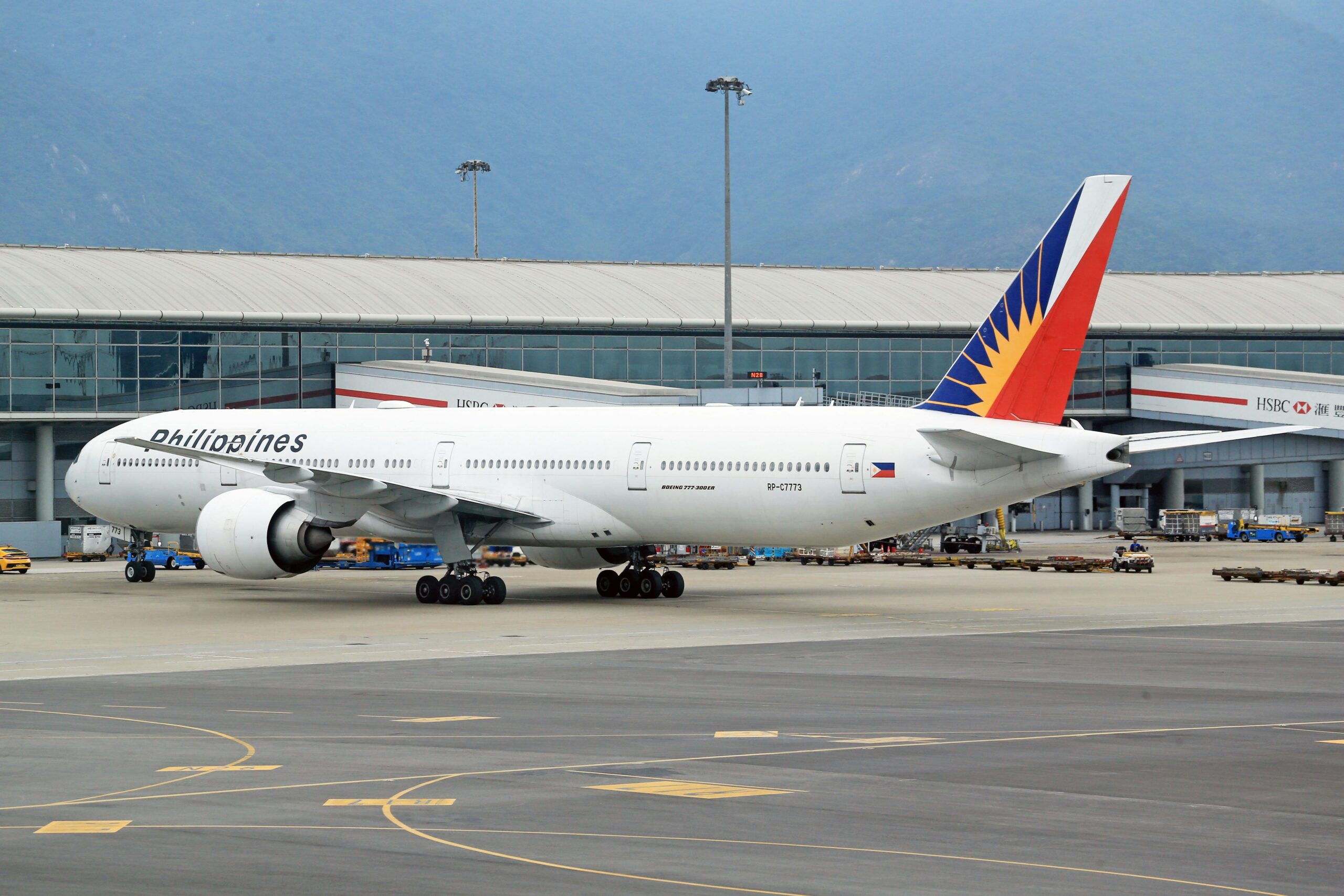

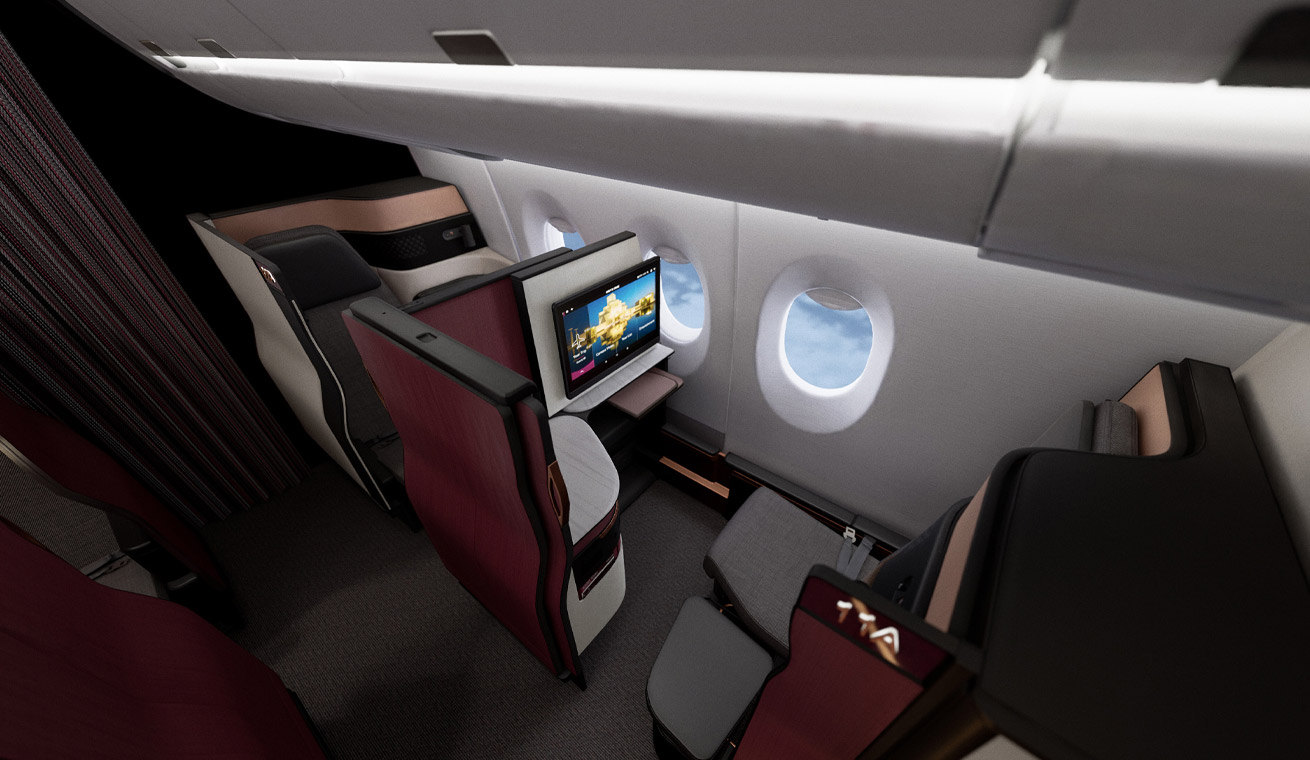

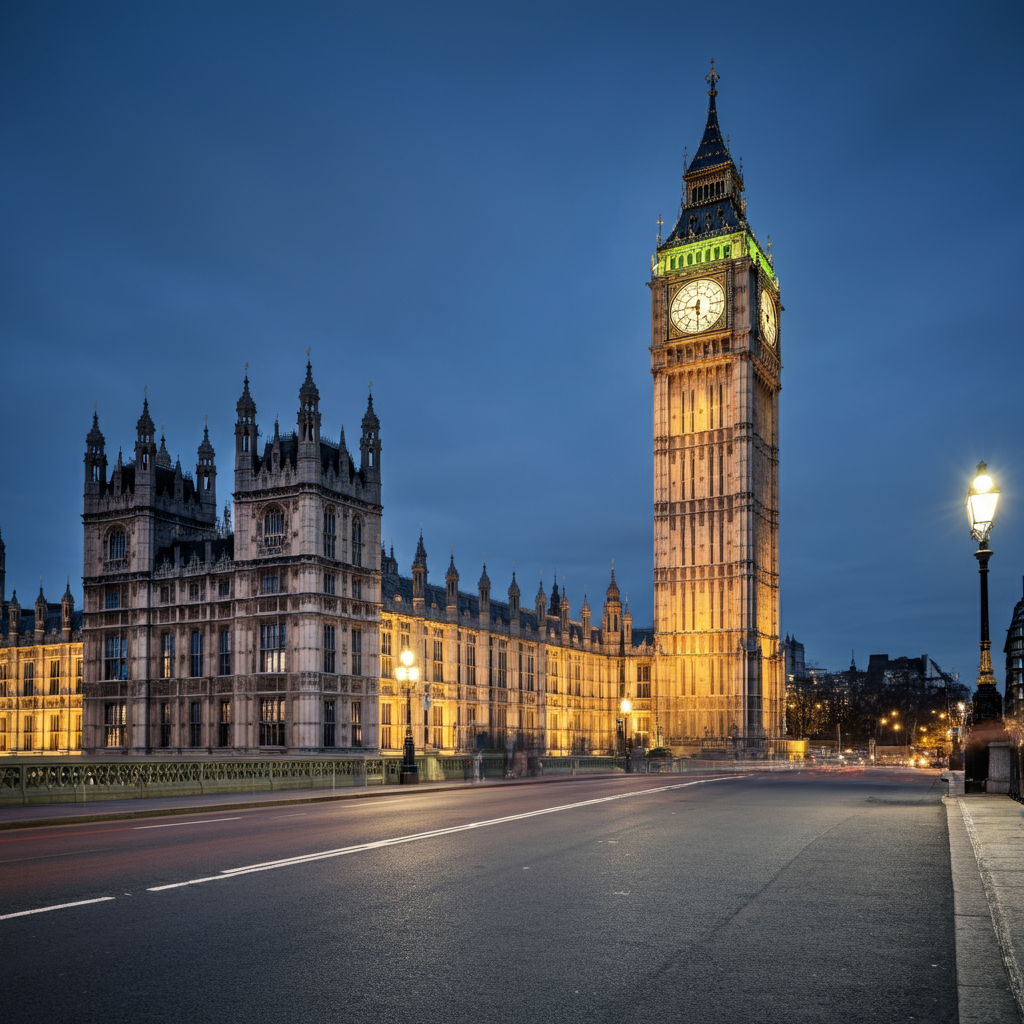
Leave a Reply